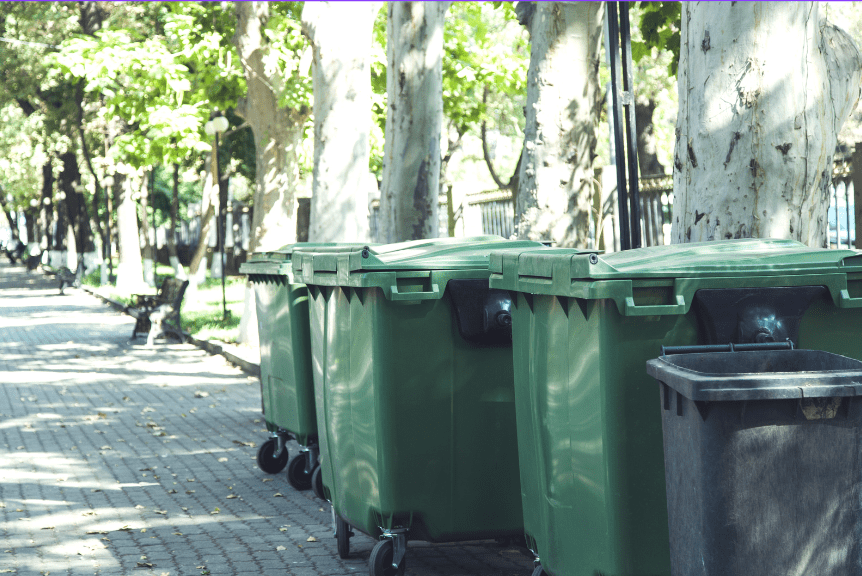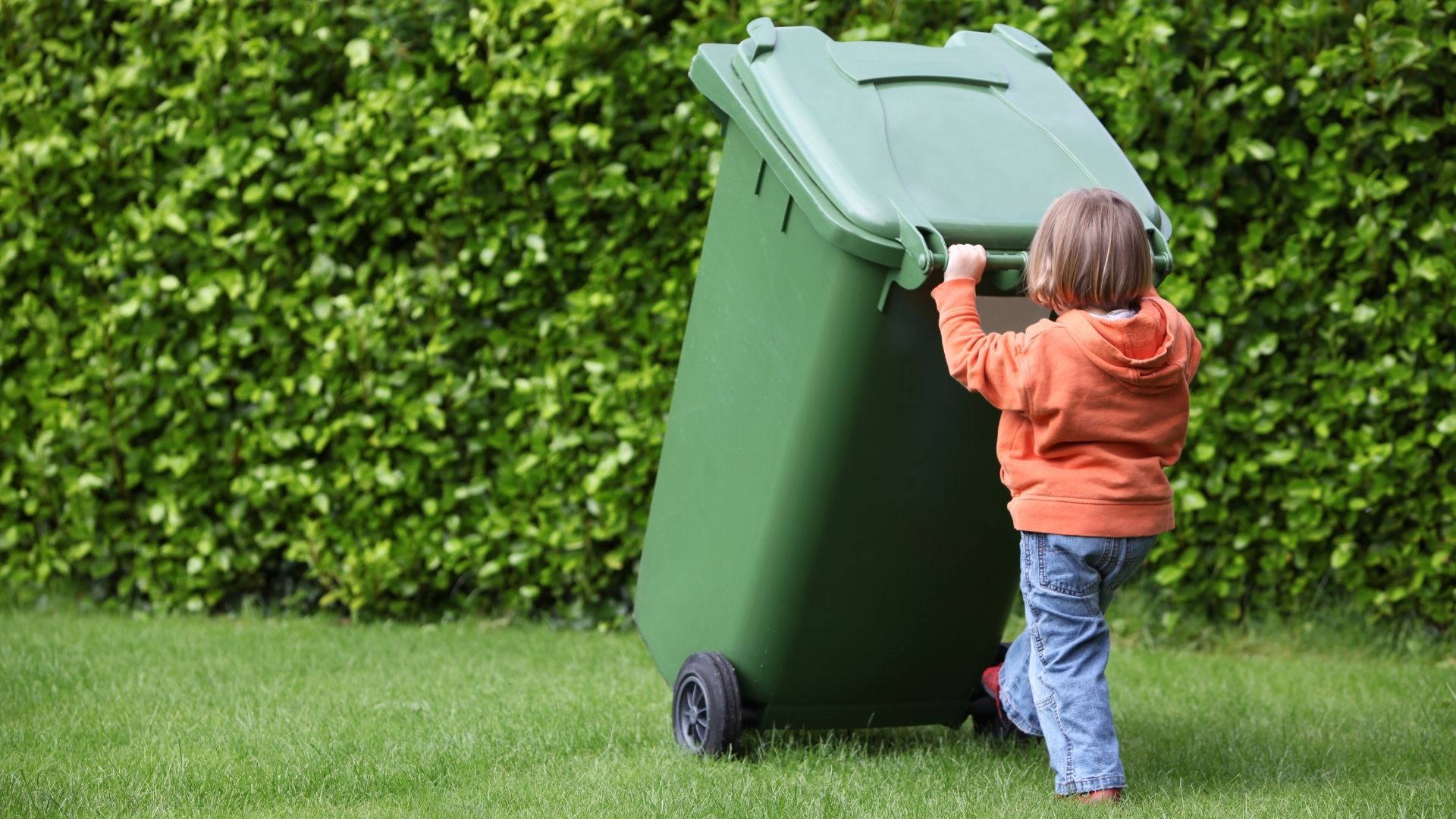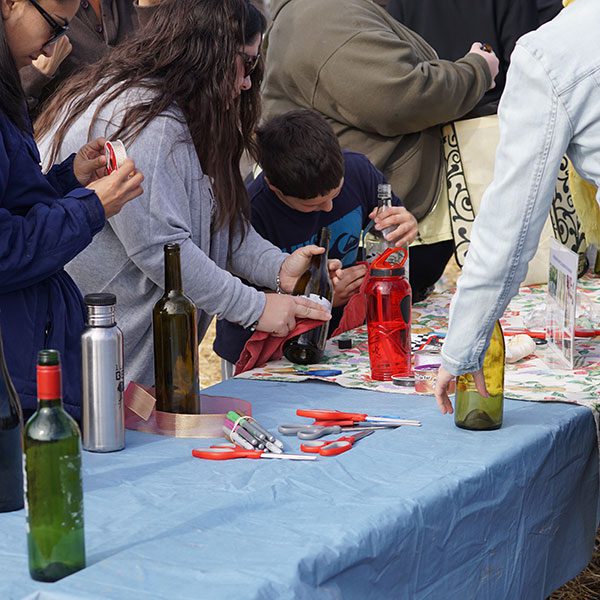Join I Love A Clean San Diego and the City of La Mesa on Wednesday, May 24th @5pm for a free webinar detailing the State’s new regulations for organic waste recycling, how multifamily residences and individuals can successfully implement those requirements, and the importance of managing organic waste properly. Make sure your building is compliant and your residents are ready!
Webinar: Organics Recycling for La Mesa Businesses
Join us for a free webinar focused on Organics Recycling for La Mesa Businesses.
During the webinar, we will detail new statewide organics recycling regulations, how to meet those requirements, and best practices for businesses of all sizes and industries in the City of La Mesa.
Continue readingWebinar: Organics Recycling for La Mesa Businesses
Join us for a free webinar focused on Organics Recycling for La Mesa Businesses.
During the webinar, we will detail new statewide organics recycling regulations, how to meet those requirements, and best practices for businesses of all sizes and industries in the City of La Mesa.
Continue readingMake Your Green Bin Great Webinar
A brand new green waste program is headed your way! In late 2021, Republic Services opened their state-of-the-art composting facility at the Otay Landfill. This facility will turn Chula Vista’s organic waste into usable compost and mulch – but how, and how can we participate? Join I Love A Clean San Diego, Republic Services, and the City of Chula Vista for a virtual sit down as we talk about the brand new curbside organics program.
In this webinar, we’ll discuss:
• Why recycling organic waste is important
• What can go in your green bin
• How to keep your green bin clean
• What goes on at the compost facility
We’ll also be joined by guest speakers from Republic Services and the City of Chula Vista, who will be answering attendee questions live! Registration is open to all, and please note that we will be focusing on the exciting new organics program in the City of Chula Vista. Register here to receive the Zoom link, and come with questions!
Eliminating Food Waste | Eliminado el Desperdicio de Comida
40% OF FOOD IN THE USA IS WASTED
JOIN YOUR COMMUNITY IN NOT THROWING OUT THIS VALUABLE RESOURCE!
- SHOP SMART
Plan out your meals beforehand. Be sure to check the fridge to see what needs to be used up before buying more!
- LEARN THE LINGO
“Best By”/ “Use By” dates refer to food quality, not safety. Foods past these dates are often fine to eat. Trust your instincts!
- STORE FOOD PROPERLY
Find out what goes where! Even fruit like apples, oranges, and pears have different proper storing techniques.
- USE FOOD ENTIRELY
There’s plenty of ways to cook with food scraps or food past its prime. For example, old bananas make amazing banana bread!
- SAVE YOUR LEFTOVERS
Keep leftovers in the front of the fridge where they won’t be forgotten. Or use the freezer to press “pause” on your food!
- DONATE EXTRA FOOD
Got more than you need? Ask your neighbors if they’d like some leftovers or donate non-perishables to a local charity!
- COMPOST FOOD SCRAPS – JOIN YOUR COMMUNITY IN NOT THROWING OUT THIS VALUABLE RESOURCE!
With what’s left after you’ve done all else, compost your scraps to create “black gold” for your yard!
KEEP SAN DIEGO BEAUTIFUL!
40% DE LA COMIDA EN LOS E.U. ES DESPERDICIADA
¡INFÓRMATE SOBRE COMO LIMITAR EL DESPERDICIO DE COMIDA!
- COMPRAS MAS INTELIGENTE
Planea tu comida de antemano. ¡Asegúrate de revisar el refrigerador para ver qué se debe usar antes de comprar más!
- APRENDE EL LINGO
Las fechas “Best By” / “Use By” se refieren a la calidad de la comida, no a la seguridad. La comida después de estas fechas está bien para comer. ¡Confía en tus instinctos!
- CONSERVA LA COMIDA POR MAS TIEMPO
Frutas como manzanas, naranjas y peras pueden ser conservadas por más tiempo antes de comer. Infórmate sobre la técnica adecuada para guardar tu comida.
- USE COMIDA ENTERAMENTE
Hay muchas maneras de cocinar con restos de comida o comida vencida. Por ejemplo, los plátanos viejos hacen un increíble pan de plátano!
- GUARDA LAS SOBRAS
Guarda las sobras en la parte del refrigerador donde no serán olvidadas o usa el congelador para preservar la comida.
- DONACION DE COMIDA EXTRA
¿Tienes más comida de la que necesitas? Ofrece tus sobras de comida a tus vecinos o dona tus sobras a una organización local.
- COMPOSTAJE HECHO DE COMIDA
Puedes usar lo que queda de comida como abono para tu compostaje y crear “oro negro” para tu jardín.
¡MANTEN SAN DIEGO LIMPIO!
Food Waste Facts Sourced from United States Department of Agriculture (USDA)
Successful Zero Waste Plans IRL
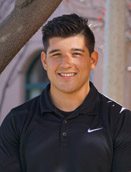 Today’s blog comes from our Contracts Manager, Sam, who has been attending several meetings related to San Diego’s Zero Waste Plan, including food recovery and organics recycling. The idea of zero waste can seem daunting or too far-fetched. Read on to learn about other cities that have successfully implemented zero waste practices IRL (in real life) and what San Diegans can do to help reach these waste diversion goals.
Today’s blog comes from our Contracts Manager, Sam, who has been attending several meetings related to San Diego’s Zero Waste Plan, including food recovery and organics recycling. The idea of zero waste can seem daunting or too far-fetched. Read on to learn about other cities that have successfully implemented zero waste practices IRL (in real life) and what San Diegans can do to help reach these waste diversion goals.
As we all know, “Zero Waste” is a hot button word around environmental circles these days. By its definition, Zero Waste is a commitment to diverting at least 90% of all waste away from landfills, and utilizing other means of proper disposal. But what does it look like in practice? How far along are we? What are the challenges? We will take a look at three California cities to see!
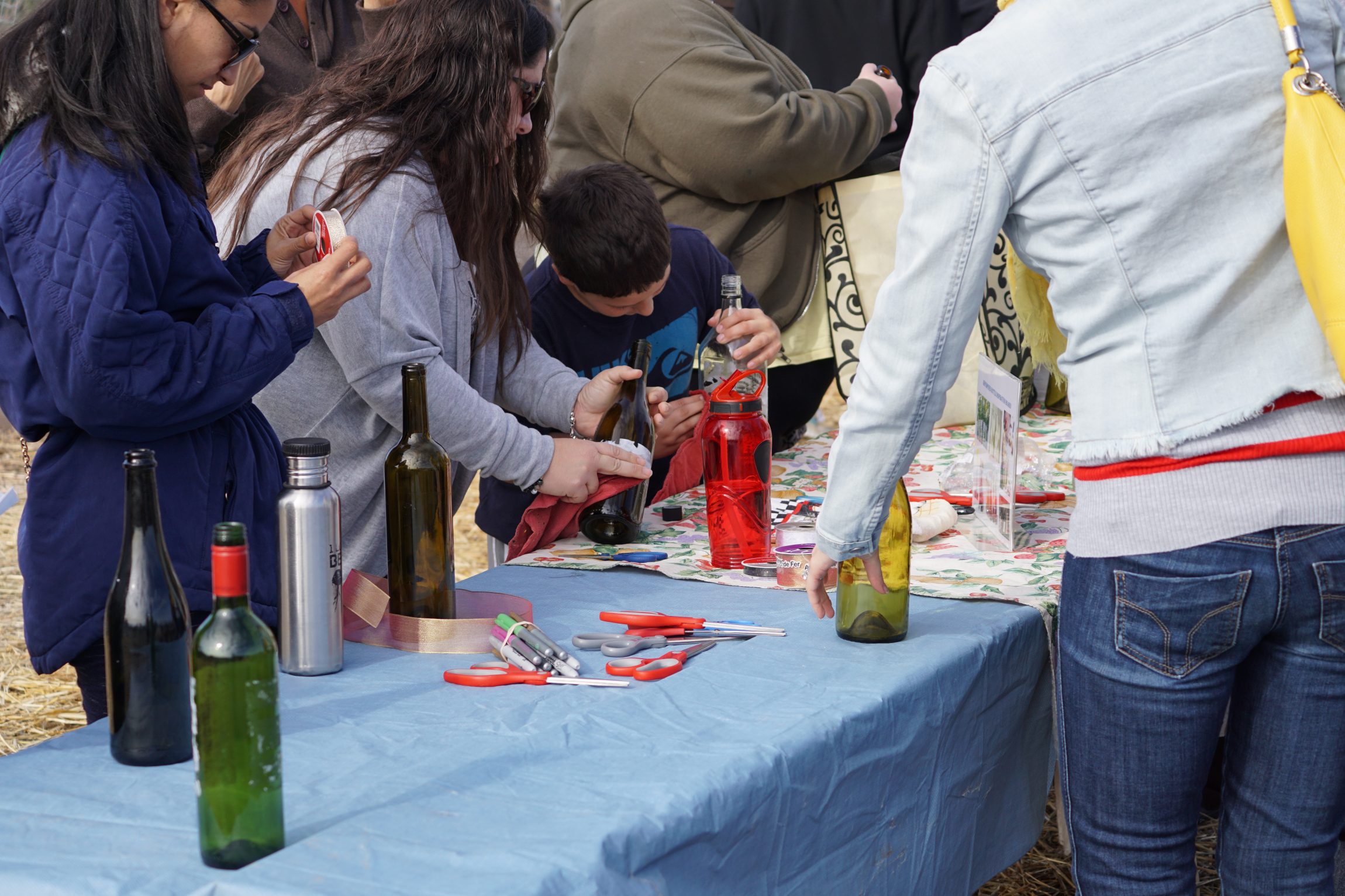
Let’s start with the current big kid on the block in all environmental programs, San Francisco. San Francisco has been among the leading pioneers in the nation for environmental programs, and zero waste is no exception. As a part of their commitment to 90% waste diversion by 2020, San Francisco has implemented composting and green waste recycling pickups at businesses and residences. Along with convenient disposal, San Francisco has also invested in providing the public with educational resources about reducing food waste, consumer and producer responsibility, and the list goes on! When other cities in the U.S. look to a city to replicate good behaviors, San Francisco is a wonderful place to start.
Next, let’s look at Los Angeles. Currently hovering around 75% diversion of waste away from landfills, Los Angeles’s goal is to to achieve a lofty 97% waste diversion by 2030 through SWIRP, which is an acronym for Solid Waste Integrated Resources Plan. LA’s infrastructure will soon follow in the footsteps of San Francisco to ensure that greater tonnages of green waste (yard clippings, food scraps, etc.) and compost can be properly disposed of instead of winding up in a landfill. Along with San Francisco, LA believes educational outreach for both food waste reduction and proper recycling techniques are critical to their long term goals. Looking to achieve 87% diversion by 2020, Los Angeles has made a firm commitment to realizing their ultimate “zero waste” initiative by 2030.

Last, but certainly not least, our wonderful home of San Diego. The macro-level goal is to achieve virtually 100% waste diversion by 2040, with yearly increments designed to test the progress. Along with LA, San Diego is playing catch up to San Francisco in regards to the infrastructure required to divert large quantities of green waste. Working with the State recycling agency, CalRecycle, as well as haulers and constituents to ensure the County meets its goals will be required if they hope to reach their goals:
- 75% by 2020,
- 90% by 2035
- “zero” waste by 2040
In order to achieve this, the County will need to divert an additional 332,000 tons to offset the current 67% diversion rate. They hope to do this by encouraging haulers to divert more away from landfills, educate San Diegans, and of course divert more green waste away from landfills. Click here to learn more about San Diego’s Zero Waste plan.
 It’s exciting times! Zero Waste is no longer just a dream, but it is now a successful process! And with the process, we can see the evolution towards greener, healthier, and more beautiful communities. I Love A Clean San Diego is doing its part by revamping our comprehensive recycling database, WasteFreeSD.org, to include zero waste tips and tricks to fit any lifestyle. You can always give us a call at 1-877-R1-EARTH to have any of your recycling questions answered as well.
It’s exciting times! Zero Waste is no longer just a dream, but it is now a successful process! And with the process, we can see the evolution towards greener, healthier, and more beautiful communities. I Love A Clean San Diego is doing its part by revamping our comprehensive recycling database, WasteFreeSD.org, to include zero waste tips and tricks to fit any lifestyle. You can always give us a call at 1-877-R1-EARTH to have any of your recycling questions answered as well.
If you’re looking for a more hands-on approach, our education team hosts community workshops designed to give you real life solutions like choosing reusables, how to shop in bulk, etc. Our next workshop, the Zero Waste Summit, will take place on Saturday, June 11th at Ocean Knoll Farms in Encinitas. Let us know you’re coming by registering ahead of time – Here’s to Zero Waste!
Zero Waste 101
What is zero waste? First, let’s define what zero waste is to better understand how it affects you and what it means for our communities.
Zero waste is the process of eliminating reusable or repairable materials from ending up in the landfill. Zero waste encourages manufacturers, municipalities, and consumers to evaluate current consumption patterns and minimize single-use items. In order to divert materials from the landfill we must share the responsibility of producing and consuming sustainable products while limiting our use of disposable items.
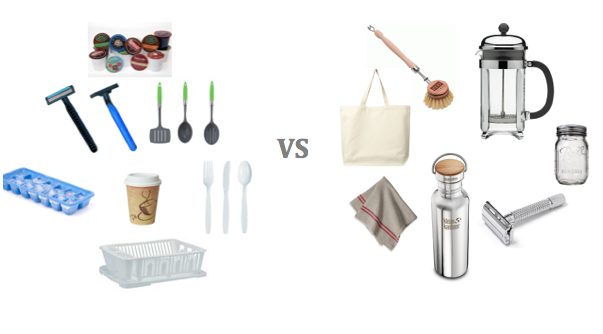
Now that we know what zero waste means, let’s explore why this practice impacts San Diegans. Currently, the Miramar Landfill is composed of reusable substances; yes that is right REUSABLE substances. The top 3 reusable substances in our landfill are:
Organics (food scraps, yard waste) 39%
Construction and Demolition (building materials) 25%
Paper 17%
When we choose to send these items to the landfill, large amounts of methane gas are released which pose serious public and environmental health concerns. On the positive side, all of this can either be recycled, reused or composted, which means, we can do something about it! 
In response to the amount of reusable materials in the landfill (or should we say landFULL) the City of San Diego adopted a zero waste plan to focus on reusing rather than disposing items. Currently, the City of San Diego diversion rate has been consistent around 67%. Here is an outline of upcoming benchmarks for the city’s waste diversion plan:
- 75% by 2020
- 90% 2035
- 100% diversion rate by 2040.
The plan’s primary focus is on organics diversion. There are several resources available to help you reduce food waste through planning and composting. Learn more at by reading about some of our past food waste blogs and WasteFreeSD.org!
Even I Love A Clean San Diego’s Recycling and Household Hazardous Waste database is getting a zero waste makeover! Stay tuned for the redesign release of WasteFreeSD.org this summer! The new database will include a easy to use search bar that will help you find convenient ways to divert waste from the landfill!
What’s that Smell? Ani’s Compost Journey
Several members of the ILACSD team compost food scraps at home. While our previous compost blogs have focused on vermicompost, composting organic material with the help of worms, it is isn’t the only option for those with limited space. Ani, our Recycling Programs Manager, recently added a small, easy to turn, worm-free compost bin to her home to make the most of her food scraps. Read on to learn more about her compost journey and one of the trials she faced early on – smelly compost.
M y journey with compost started about a year ago when my boyfriend and I decided that we wanted to invest in a compost bin for our food scraps. The first step was determining what type of bin I needed that would best suit my schedule and needs. It is important to note that every compost pile and bin is different, for example, I chose to purchase a compost tumbler to limit the time it takes to manually turn the contents in the pile with a shovel. This might not be the case in every household though. My compost bin instantly mixes when I spin it, which is convenient for me and needless to say that it takes less than a minute to turn.
y journey with compost started about a year ago when my boyfriend and I decided that we wanted to invest in a compost bin for our food scraps. The first step was determining what type of bin I needed that would best suit my schedule and needs. It is important to note that every compost pile and bin is different, for example, I chose to purchase a compost tumbler to limit the time it takes to manually turn the contents in the pile with a shovel. This might not be the case in every household though. My compost bin instantly mixes when I spin it, which is convenient for me and needless to say that it takes less than a minute to turn.
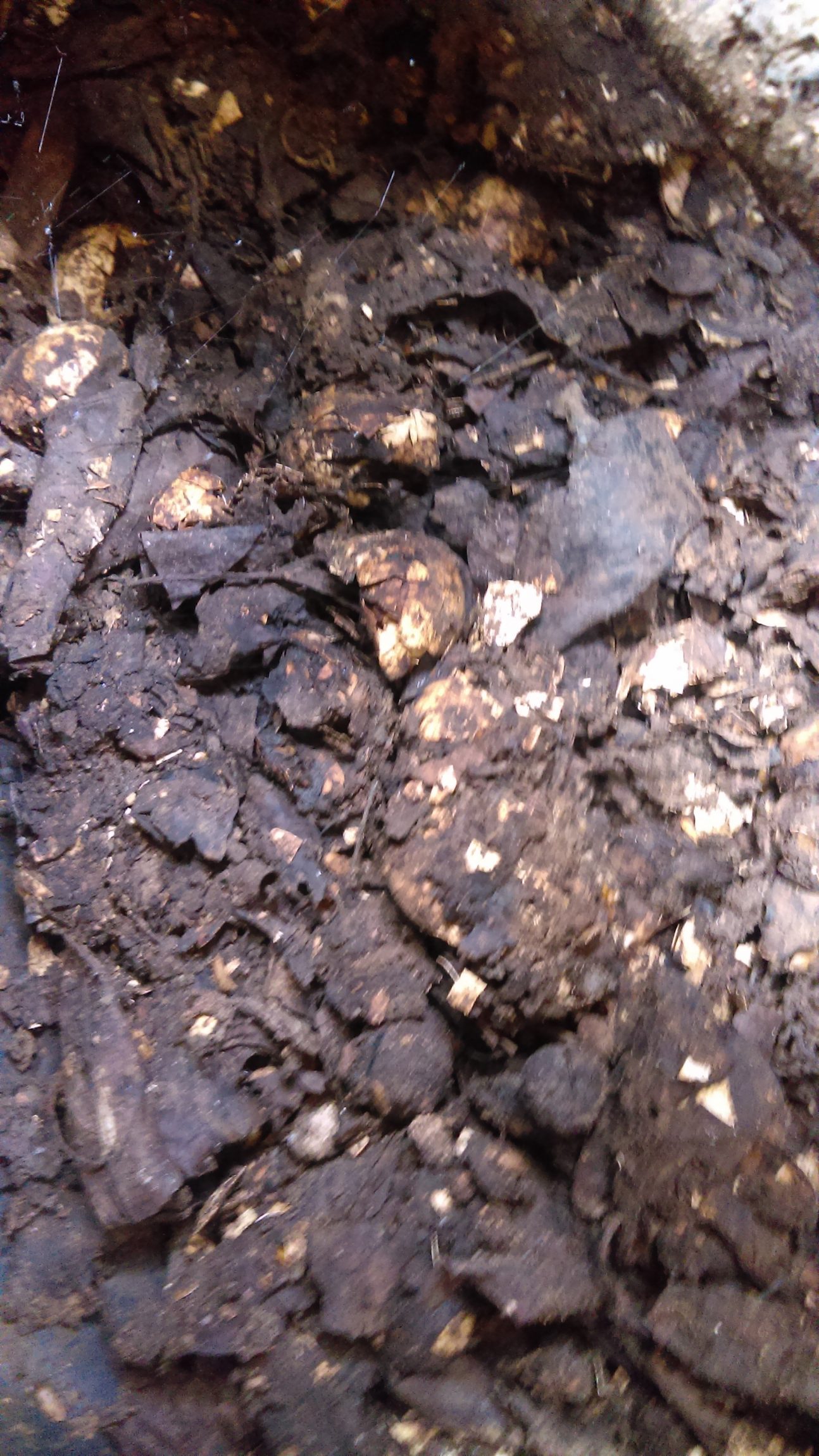
When I started collecting food scraps for the bin, I found myself with an overly stinky compost pile. I had missed an important component of composting practices…keeping the ratio of nitrogen to carbon just right. This balance between nitrogen and carbon is key to having a successful compost pile. Carbon-rich materials like leaves, mulch, wood chips and nut shells are referred to as “browns” and nitrogen-rich materials like food scraps are referred to as “greens.” I was so excited to have a place to store my food scraps, or my “greens,” that I neglected my “browns” contribution to the compost bin. To offset the smell, I placed shredded newspaper in the pile as my “browns” because of the lack of “browns” in my backyard.
Composting is definitely a work of art with an environmental twist. Maintaining that balance between “greens” and “browns” is a small component of it and this was just one issue that required some research on my part. It’s safe to say that my experience with composting has been an interesting and informative one.
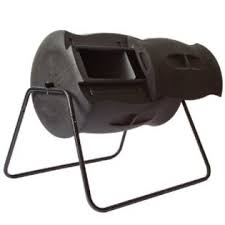
Remember that every compost pile is different and may require several changes to the formula before it starts to look (and smell) like its processing your organic materials correctly.
Stay tuned for my follow-up blog where I will share my best practices for pest control!
If you’re looking for more composting resources, check out our one-stop recycling database, WasteFreeSD.org!


